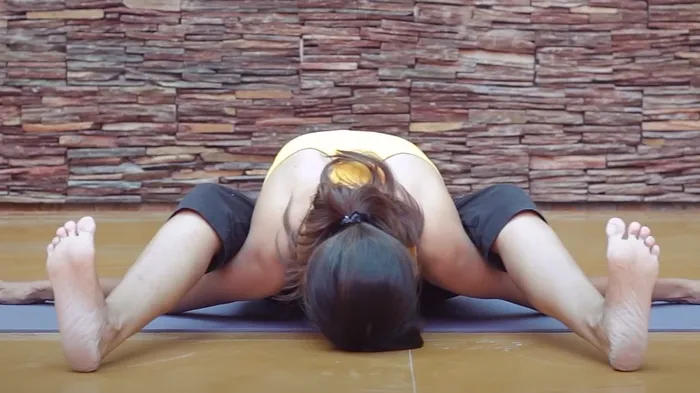Yoga is a practice that is both mentally and physically rewarding. Among the various poses, or asanas, available in yoga, the Kurmasana, also known as the tortoise or turtle pose, offers numerous benefits including a great stretch for the spine, upper back, shoulders, legs, and groin. In addition, regular practice of the tortoise pose is said to help bust stress, boost memory, and improve sleep quality by increasing blood flow to the brain. The tortoise pose has variations ranging from beginner to advanced levels. However, it is essential to perform a warm-up first, such as the chair pose, to prepare your body for the stretch.
Benefits of the Tortoise Pose
According to Yoga traditions, the tortoise pose, or kurmasana, is a more advanced and slightly difficult pose with numerous variations. Regular practice of this pose is beneficial for spinal health as it elongates the spine while providing a good stretch for the upper back, shoulders, and legs. The unique positioning of the body during this pose massages internal organs, leading to improved digestion and respiration.
Begin With a Groin Stretch
The tortoise pose involves significant bending. Therefore, it is advisable to start with a simple groin stretch. To perform this stretch, sit on the floor with your feet together and grasp both feet with your hands. Inhale and open your chest. As you exhale, drop your arms outside your legs and lean forward. Hold the position for a duration that feels comfortable to allow your hips to relax and your groin to loosen.
How to Perform the Tortoise Pose
- Begin by sitting with your feet flat on the floor and knees bent. Your heels should be positioned just outside the width of your body.
- Thread your arms under your legs, allowing your palms to touch the floor on the other side of your feet. Your elbows should be placed under your knees.
- Slowly move your heels out slightly, extend your arms, round your shoulders, and lean forward. This is the starting position.
- For more advanced yoga practitioners, continue to separate your feet and arms to move lower into the pose. You can also turn your elbows over for a deeper shoulder stretch.
Exiting the Tortoise Pose
It is important to hold the pose for as long as it feels comfortable. To exit the pose, slowly shuffle your feet back together. When your feet are close enough to safely and easily unthread your arms, do so. Finally, use your arms to push your upper body back into an upright position.
You can add a nice variation to this pose by adjusting it to the level of difficulty you prefer. Try holding the pose for four or five breath cycles and repeat the process as often as you like. Remember not to force your body into any uncomfortable positions; with regular practice, the pose will become easier and the benefits more noticeable.
Incorporate the tortoise pose into your daily yoga routine for a healthier spine, improved digestion, and better sleep. As with any form of exercise, always listen to your body, practice regularly, and approach each session with patience and determination. Soon enough, your body and mind will reap the rewards of this powerful stretch.



